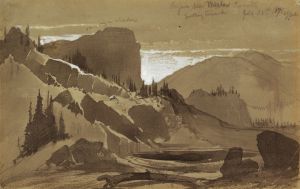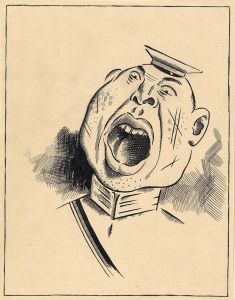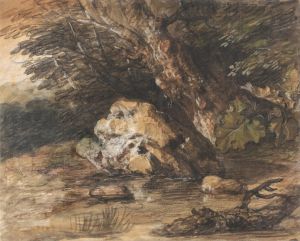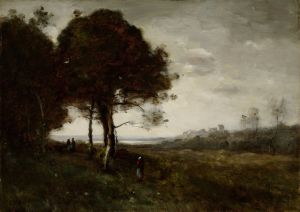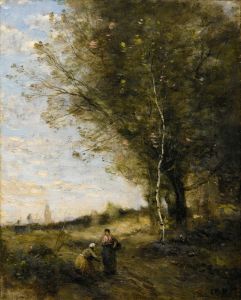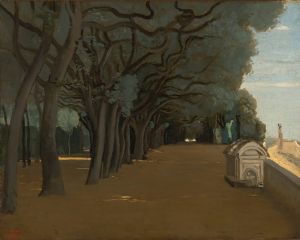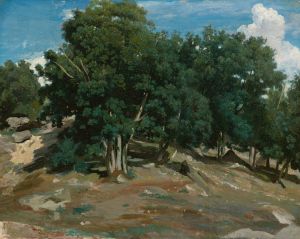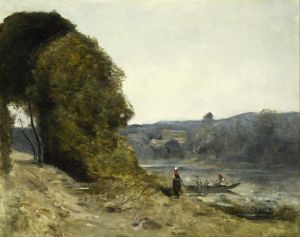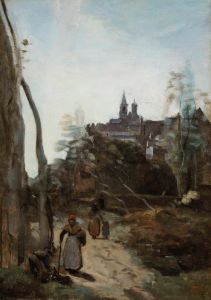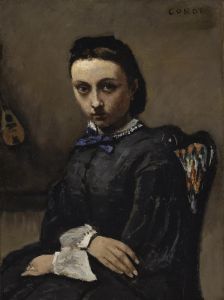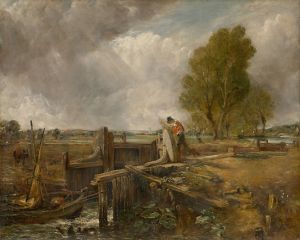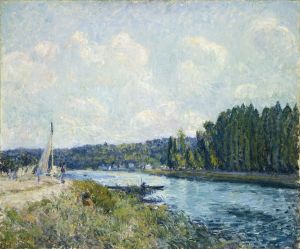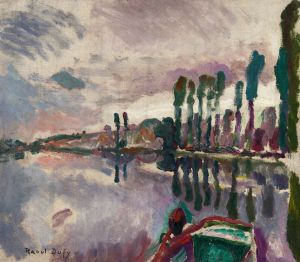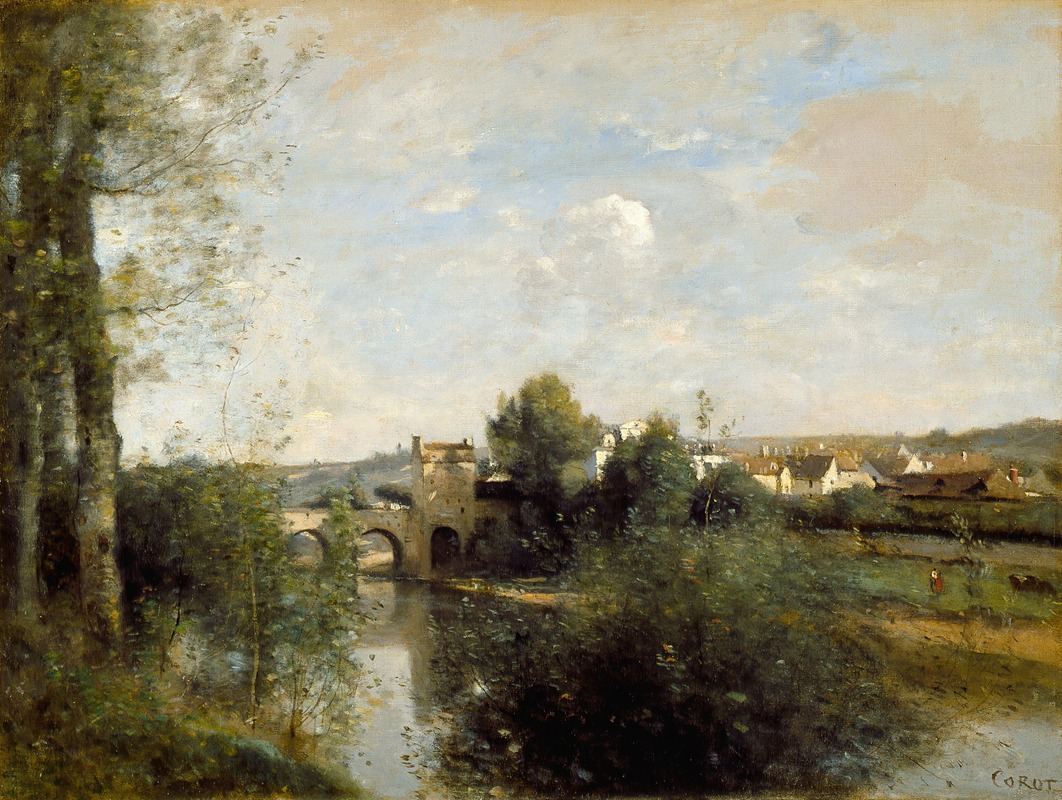
Seine and Old Bridge at Limay
A hand-painted replica of Jean-Baptiste-Camille Corot’s masterpiece Seine and Old Bridge at Limay, meticulously crafted by professional artists to capture the true essence of the original. Each piece is created with museum-quality canvas and rare mineral pigments, carefully painted by experienced artists with delicate brushstrokes and rich, layered colors to perfectly recreate the texture of the original artwork. Unlike machine-printed reproductions, this hand-painted version brings the painting to life, infused with the artist’s emotions and skill in every stroke. Whether for personal collection or home decoration, it instantly elevates the artistic atmosphere of any space.
Jean-Baptiste-Camille Corot was a pivotal figure in landscape painting during the 19th century, and his work "Seine and Old Bridge at Limay" exemplifies his mastery in capturing the serene beauty of natural scenes. Corot, born in Paris in 1796, was a leading figure in the Barbizon School, a movement that emphasized realism and the depiction of natural landscapes. His work laid the groundwork for the Impressionist movement, influencing artists such as Claude Monet and Camille Pissarro.
"Seine and Old Bridge at Limay" is one of Corot's many paintings that depict the French countryside. The painting captures a tranquil scene along the Seine River, with the old bridge at Limay serving as a focal point. Limay is a small commune in the Yvelines department in the Île-de-France region, located near the town of Mantes-la-Jolie. The bridge, which spans the Seine, is an architectural feature that has been of interest to artists and travelers alike, providing a picturesque view that Corot skillfully rendered in his work.
Corot's technique in this painting reflects his characteristic style, which blends realism with a poetic sensibility. He often painted en plein air, or outdoors, which allowed him to observe and capture the changing effects of light and atmosphere directly from nature. This approach is evident in "Seine and Old Bridge at Limay," where the soft, diffused light creates a harmonious and peaceful scene. The use of muted colors and delicate brushwork contributes to the painting's tranquil mood, inviting viewers to appreciate the quiet beauty of the landscape.
Throughout his career, Corot was known for his ability to convey the essence of a place with simplicity and elegance. His landscapes often feature a balance between detailed foregrounds and more abstract, atmospheric backgrounds. In "Seine and Old Bridge at Limay," the foreground is detailed with lush greenery and reflections on the water, while the background fades into a gentle haze, suggesting depth and distance.
Corot's influence extended beyond his own time, as he bridged the gap between the neoclassical tradition and the emerging Impressionist movement. His emphasis on capturing the transient effects of light and his loose, expressive brushwork were precursors to the techniques that would define Impressionism. Artists such as Monet and Pissarro admired Corot's work and drew inspiration from his approach to landscape painting.
"Seine and Old Bridge at Limay" is a testament to Corot's skill in portraying the natural world with sensitivity and insight. The painting not only reflects the physical beauty of the French countryside but also evokes a sense of timelessness and tranquility. Corot's ability to capture the subtle interplay of light, water, and land continues to resonate with audiences, making his work an enduring part of art history.
Today, Jean-Baptiste-Camille Corot is celebrated as one of the great landscape painters of the 19th century. His works are held in high esteem and can be found in major museums and collections around the world. "Seine and Old Bridge at Limay" remains a significant example of his contribution to the art of landscape painting, illustrating his unique ability to blend realism with a lyrical, almost dreamlike quality.





